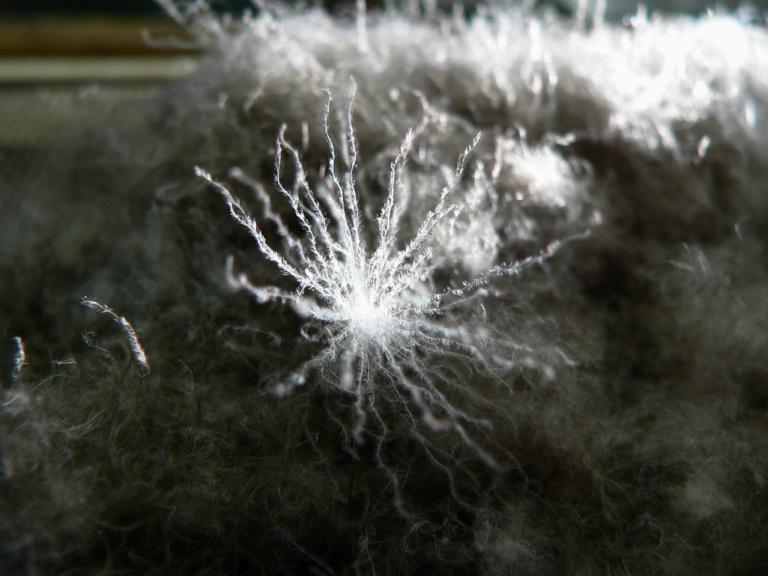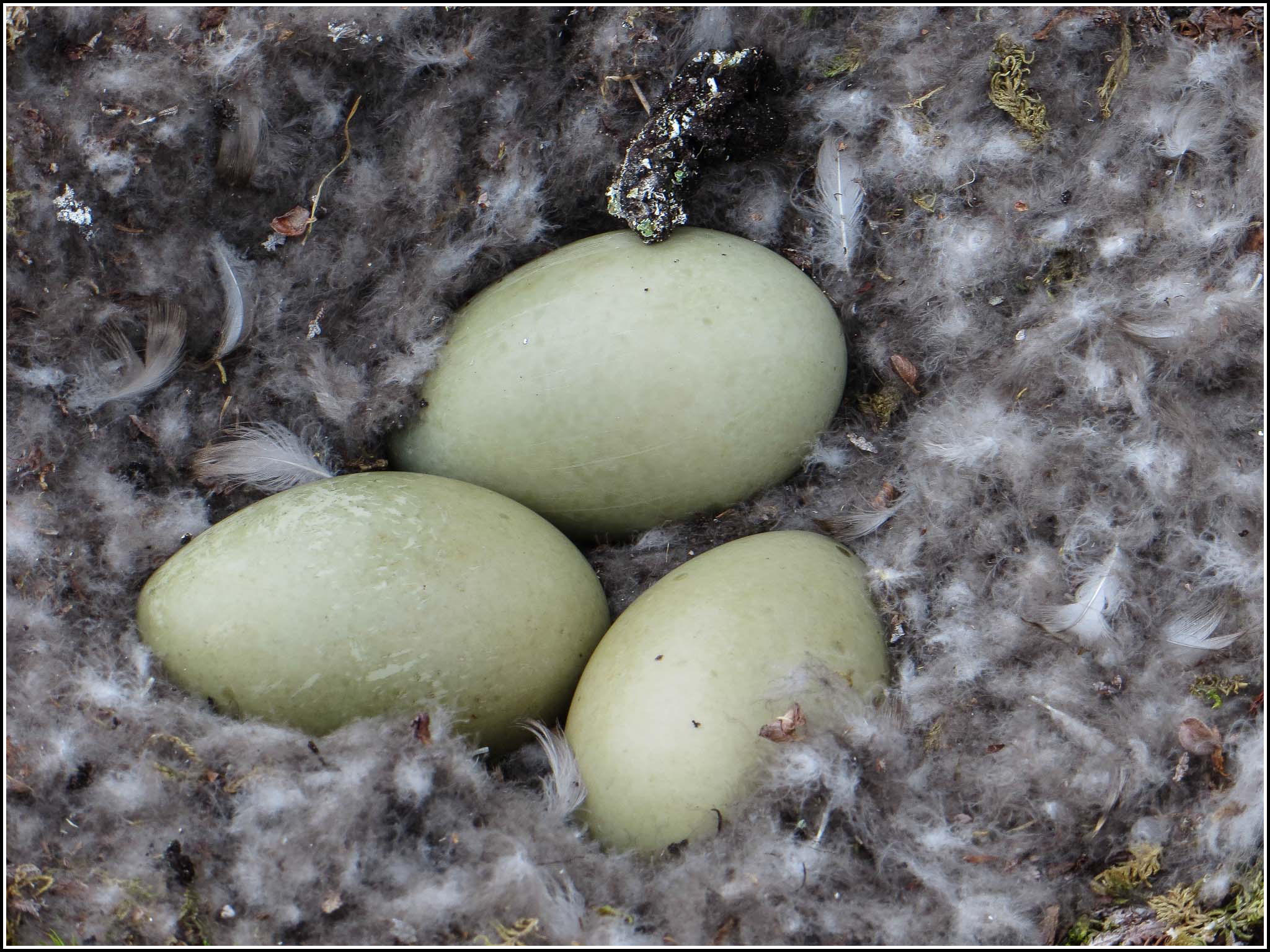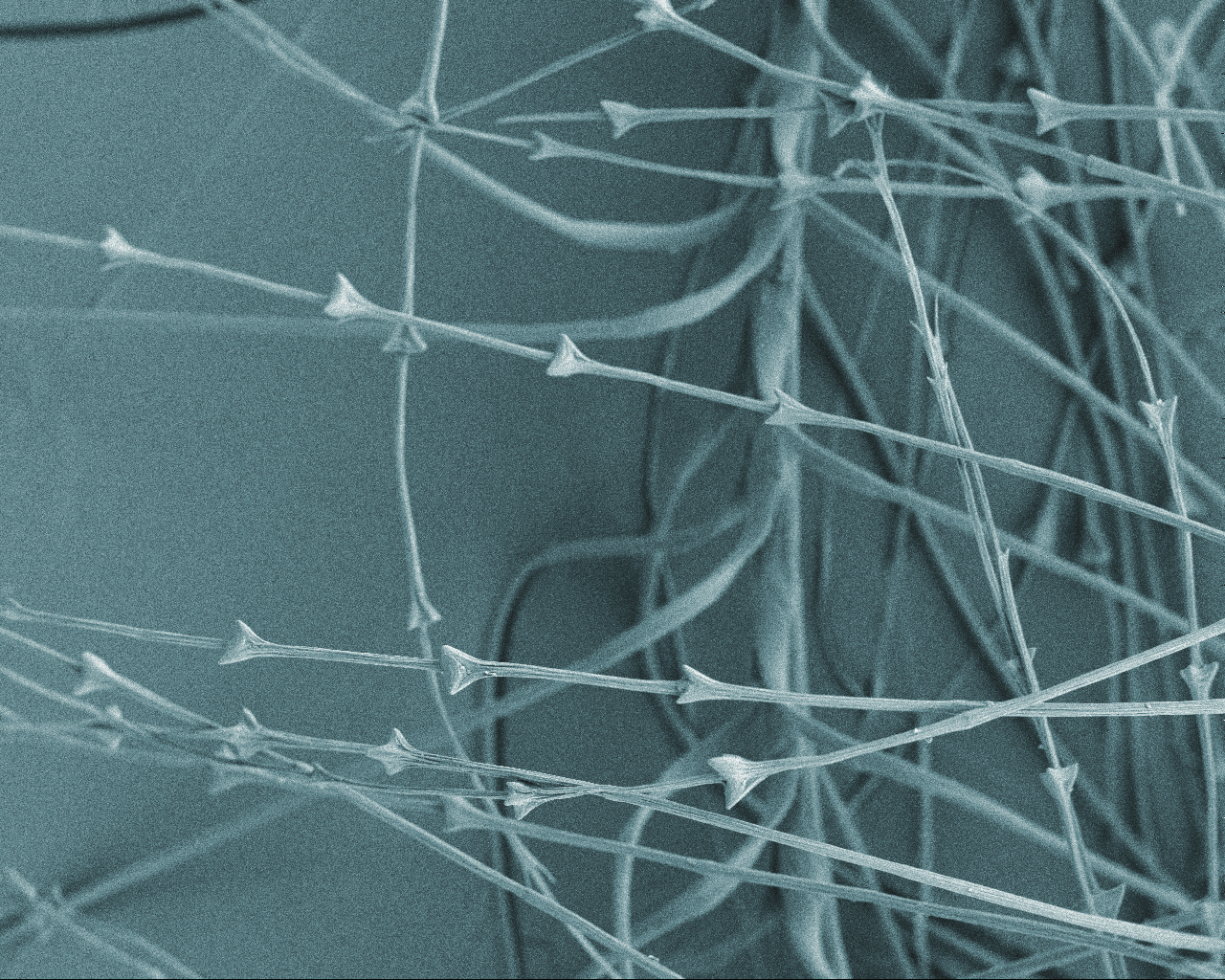
Many waterfowl species use feathers during nest construction to create a microclimate that is suitable for the development of their eggs. Mother birds particularly use downy feathers from their own bodies to line their nest because these types of feathers have the best insulating properties known to man. The thermal properties of down feathers have been associated with their morphology, but we currently only have information on this relationship from a couple of species. In this project we will analyze the structure of downy feathers of a broad sample of ducks and geese, use optical and electron microscopy to determine the mechanism enhancing thermal function of feathers and conduct phylogenetic analyses to determine how widespread this feather morphology is, and the main environmental factors associated with their occurrence.

Objectivesand goals
This internship project has two main aims:
- To reveal the structural basis behind thermal properties of downy feathers in ducks and geese.
- To determine broad macroevolutionary patterns of down feather morphology (i.e. associations with ecological and life-history factors).

Materialsand methods
During this internship project you will sample feathers from the vast collection at Naturalis, you will use optical and electron microscopy to produce feather micrographs and analyze feather morphology and perform phylogenetic comparative analyses on the data collected.
Studentrequirements
The student will work for a duration of 6 months on data collection and analyses. Students with a particular interest in Comparative methods, Functional morphology and Trait evolution are preferred. The project is suitable for one master student.